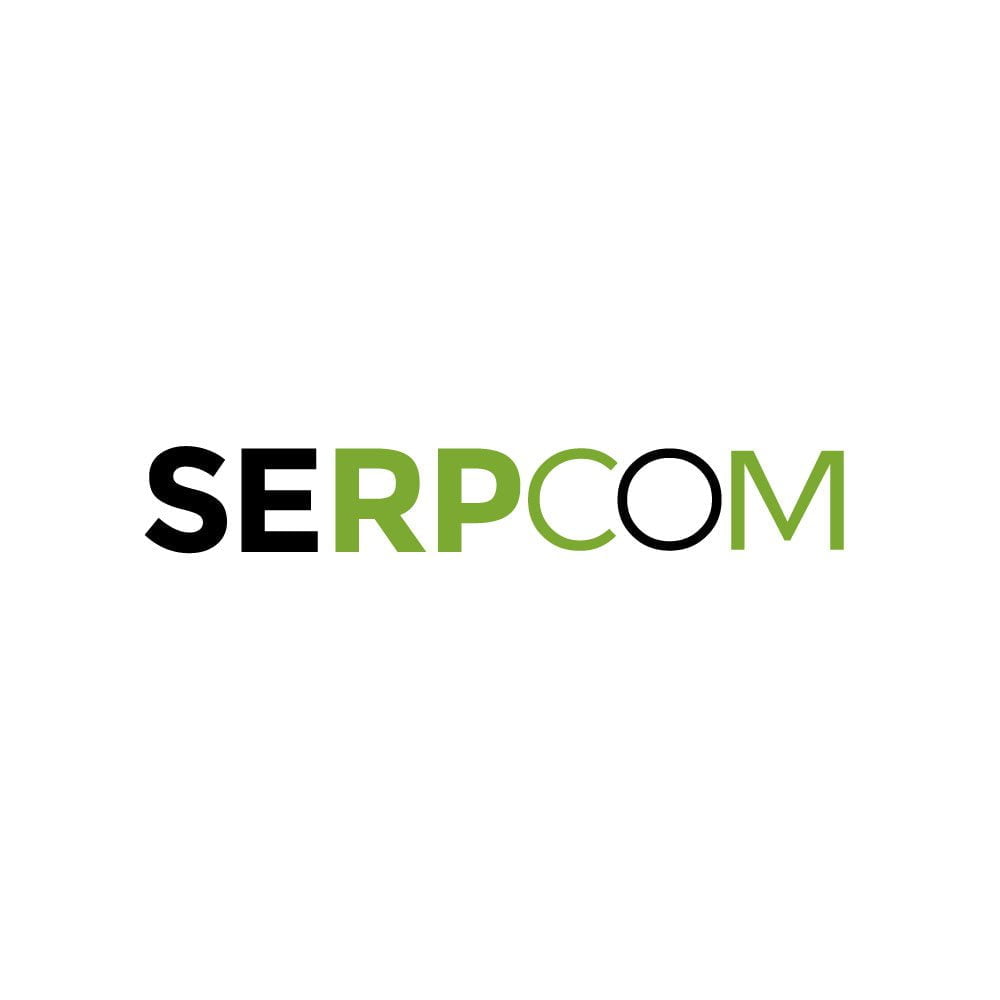The modern business landscape is constantly shifting.
Conventional customer acquisition strategies that once relied heavily on traditional advertising and face-to-face networking have now gone digital. While this shift has amplified the competition among both B2C and B2B enterprises, it has also unlocked untapped potential for expansion and engaging consumers in new authentic ways.
To thrive in this new era—to consistently nurture new leads while fortifying relationships with existing customers—brands must develop a robust digital marketing strategy. In that regard, two digital marketing methodologies will inevitably dominate the conversation—search engine optimization (SEO) and pay-per-click (PPC) advertising.
But, in the great SEO vs PPC debate, which strategies should brands focus on to maximize their online presence and business growth? Which should you prioritize when working with a digital marketing agency?
Let’s compare and contrast.
SEO vs PPC
Both pay-per-click (PPC) and SEO marketing play pivotal roles in driving traffic, increasing discoverability, establishing a brand’s authority, and, ultimately, catalyzing customer base growth. However, both employ a distinctive approach to accomplish these objectives.
The primary distinguishing factor between the two digital marketing strategies involves positioning on Google’s search engine result pages (SERPs):
- Organic positioning – SEO is designed to drive a brand’s website—and its various sub-pages—to the top of the organic SERPs. Typically, these are the 10 results that appear in the center of the results page but aren’t ads.
- Paid ad positioning – Conversely, PPC marketing is designed to artificially boost a brand’s website to the pinnacle of the page, even above organic SERPs.
Whether it’s SEO marketing or PPC advertising, the underlying goal is to vault the business website to the top of search results. The higher the ranking, the higher the probability of a page being clicked on. As Search Engine Journal notes, the click-through-rate (CTR) for each ranking experiences a steep downfall as we move down the rank ladder:
- Rank 1 – 28.5% CTR
- Rank 2 – 15.7% CTR
- Rank 3 – 11% CTR
- Rank 4 – 8% CTR
- Rank 5 – 7.2% CTR
- Rank 6 – 5.1% CTR
- Rank 7 – 4% CTR
- Rank 8 – 3.2% CTR
- Rank 9 – 2.8% CTR
- Rank 10 – 2.5% CTR
In general, the decision between SEO and PPC doesn’t have to be a binary choice. It’s not an “either, or” decision; rather, a comprehensive strategy will see most brands harnessing the strengths of both methodologies. This allows them to approach customer acquisition and retention from two different angles and timelines.
SEO typically requires a more long-term, patient approach. It will often take months before tangible results materialize.
PPC and paid search, on the other hand, provides an expedited pathway to rankings success, with the potential for ads to reach the top of SERPS virtually overnight. However, it’s important to note that this artificial PPC ad boost comes with a price tag attached.
The long-term organic channel: SEO
Whenever a person uses Google or Bing, they will type a keyword or keyword phrase into the search bar. Most users inherently trust Google to present the most relevant and high-quality answers to their query at the top of the search results page.
Therefore, for any brand, the goal is to rank as high as possible for searches that are directly related to the products or services offered. This also extends to queries that are indirectly associated with the business’ offerings via relevant information or topics.
SEO is the vehicle that drives a brand’s webpages up SERPs. According to Search Engine Land:
“In simple terms, SEO means the process of improving your website to increase its visibility in Google…The better visibility your pages have in search results, the more likely you are to be found and clicked on. Ultimately, the goal of search engine optimization is to help attract website visitors who will become customers, clients or an audience that keeps coming back.”
As mentioned, SEO takes months of continual effort before pages begin to move up the rankings. It’s a long-term strategy that’s well worth the time and effort—but it will take time and effort.
What are SEO strategies?
SEO strategies are conducted in accordance with the Google algorithm’s most recent updates. It will encompass an array of strategies meant to improve the website’s visibility on SERPS, including:
- Keyword research – Identifying what the most relevant search terms and queries are, then incorporating them throughout all content efforts.
- Content marketing – Producing high-quality, engaging content—designed around relevant keywords—that demonstrates the brand’s “experience, expertise, authoritativeness, and trustworthiness” (Google’s Double-E-A-T guidelines). SEO and content marketing can include blogs, infographics, white papers, eBooks, social media posts, videos, and more.
- On-Page SEO – Optimizing individual webpages for selected keywords and ensuring that the content has:
- Meta tags
- Title tags
- Header tags
- URL structure
- Image alt text
- Link building
- Technical SEO – Optimizing the website’s backend structure and setup for search engine crawlers, including:
- Site speed
- Mobile optimization
- XML sitemaps
- Schema markup
- Secure sockets layer (SSL) setup
- Local SEO – Optimizing the website for local search via the brand’s Google Maps and Google My Business pages.
- Core Web Vitals – Creating a smooth user experience by focusing on page metrics like:
- Largest contentful paint (LCP)
- First input delay (FID)
- Interaction to next paint (INP)
- Cumulative layout shift (CLS)
The pay-to-play channel: PPC
Pay-per-click advertising is a digital marketing strategy whereby brands purchase ads on search engines that appear in the sponsored links section at the top of the organic search page. Whenever a user types in a search query that’s related to the advertiser’s chosen keywords, the ad might appear in the highly visible sponsored section. And, as the name suggests, advertisers pay a fee each time the ad is clicked on.
Put simply, PPC marketing is a way of buying site visits now, rather than attempting to earn them organically via SEO strategies that might take time to materialize.
So, although PPC advertising is most commonly associated with Google Ads, it’s also used on platforms like Bing Ads as well as the major social media networks like Facebook, Instagram, TikTok, and Twitter.
How does PPC work?
The PPC auction-based system functions on a supply and demand model where advertisers bid on specific keywords relevant to their business interests.
How much each click will cost will depend on various factors, including:
- Keyword competition – The more businesses that want to rank for a specific keyword, the higher the costs will be.
- Length of keywords – Along these lines, short or singular keywords will be in higher demand, whereas high-intent long-tail keywords will cost less because they’re more niche.
- Quality score – Search platforms factor in the ad’s quality based on criteria like:
- Relevance to the keyword
- Quality of the landing page
- Ad’s click-through rate (CTR) history
- The bid – The brand sets the maximum amount they’re willing to pay for a click on the ad. Though the actual amount paid out will be at the threshold set by the second-highest bidder.
- Location – Depending on the geographical location a brand is targeting, the cost may also vary.
What are PPC strategies?
If a business wants to ensure that its PPC campaigns provide ROI, it will need to consider the following PPC strategies:
- Keyword research and selection – Identifying the high-volume keywords—both short- and long-tail—that potential customers are using.
- Ad creation and optimization – Creating compelling ad copy, which includes engaging headlines and descriptions while including keywords throughout the content.
- A/B testing – Testing different PPC ads to see which ones Google prefers and which ones consumers prefer.
- Bid management – Installing bid strategies and automations that help optimize bidding according to campaign budget and goals.
- Targeting and retargeting – Targeting consumers according to detailed customer personas, and then retargeting consumers who have previously interacted with or purchased an item from the brand.
- Regular monitoring and optimization – Continuously analyzing campaign performance and then making adjustments as necessary to improve results.
SEO vs PPC
So, how do the two strategies stack up?
Let’s compare and contrast:
| SEO | PPC | |
| Traffic Source | Organic traffic from search engine results | Paid traffic via paid search and PPC ad clicks |
| Cost | Indirect investments in terms of time and resources | Direct costs each time a person clicks |
| Traffic Potential | Can lead to steady, long-term organic traffic if it ranks highly for relevant keywords and is continuously optimized | Can lead to immediate traffic boosts; however traffic can drop the moment the campaign concludes |
| Visibility | Ranking high organically can increase brand visibility, but this takes time and effort | Can provide instant visibility at the top of SERPs in the Featured Listing |
| Credibility and Trust | High organic search results enhance brand’s credibility and authority among users | PPC ads can build trust thanks to Google’s stamp of approval, but they’re still viewed as ads |
| Targeting | Allows for audience targeting via keyword optimization and high-quality content | Allows for precise targeting, including long-tail keywords, location, language, device, time of day, and so on |
| Duration | A long-term strategy that takes several months before results appear | A short-term strategy that provides immediate results |
| Control | Less control over how and when a site appears in organic search | Greater control over various aspects of a PPC campaign, including when and where an ad will appear, and who will see it |
| Click-through rate | CTR varies according to search engine rankings and snippet visibility | Higher CTR due to prominent ad placement and targeting options |
SEO and PPC—synergizing for success
For brands that want to enhance their visibility on Google, SEO and PPC shouldn’t be viewed as competitors; but rather, complementary tools—each playing a unique part in a comprehensive digital marketing strategy.
Brands must balance both steady, organic, long-term growth of SEO with the instant visibility afforded by a PPC campaign. Together, this synergy is key to a brand’s digital success.
Here at Power Digital, we’ll help you identify the opportunities available in both channels and strategize with you to leverage the most out of each one. We’ll then take a data-first approach to optimization, igniting your revenue and helping you succeed long-term.
Sources:
- Search Engine Journal. Over 25% of People Click the First Google Search Result. https://www.searchenginejournal.com/google-first-page-clicks/374516/
- Search Engine Land. What Is SEO? https://searchengineland.com/guide/what-is-seo
- Google. How Results Are Automatically Generated. https://www.google.com/search/howsearchworks/how-search-works/ranking-results/
- Google. Core Web Vitals Report. https://support.google.com/webmasters/answer/9205520?hl=en
The post SEO vs PPC: Which strategy best suits your business? appeared first on Power Digital Marketing.
Article From: "Power Digital" Read full article
 SERPCOM is a full-service Boston digital marketing agency focused on improving online visibility, increasing traffic, raising revenue and providing SEO services.
SERPCOM is a full-service Boston digital marketing agency focused on improving online visibility, increasing traffic, raising revenue and providing SEO services.
SEO-first: A fundamentally better approach to online marketing.
Digital Marketing | SEO | Web Design & Development | Search Engine Marketing

SERPCOM is a full-service Boston digital marketing agency focused on improving online visibility, increasing traffic, raising revenue and providing SEO services. SEO-first: A fundamentally better approach to online marketing.
Digital Marketing | SEO | Web Design & Development | Search Engine Marketing
SERPCOM is a full-service Boston marketing agency focused on improving online visibility, increasing traffic, raising revenue and providing SEO services for leading brands.
Maximize the value of your website and turbo charge your online marketing efforts with SERPCOM. Call or click the button and start making the web work for you.
Just click on the Phone Number to dial on your phone:





